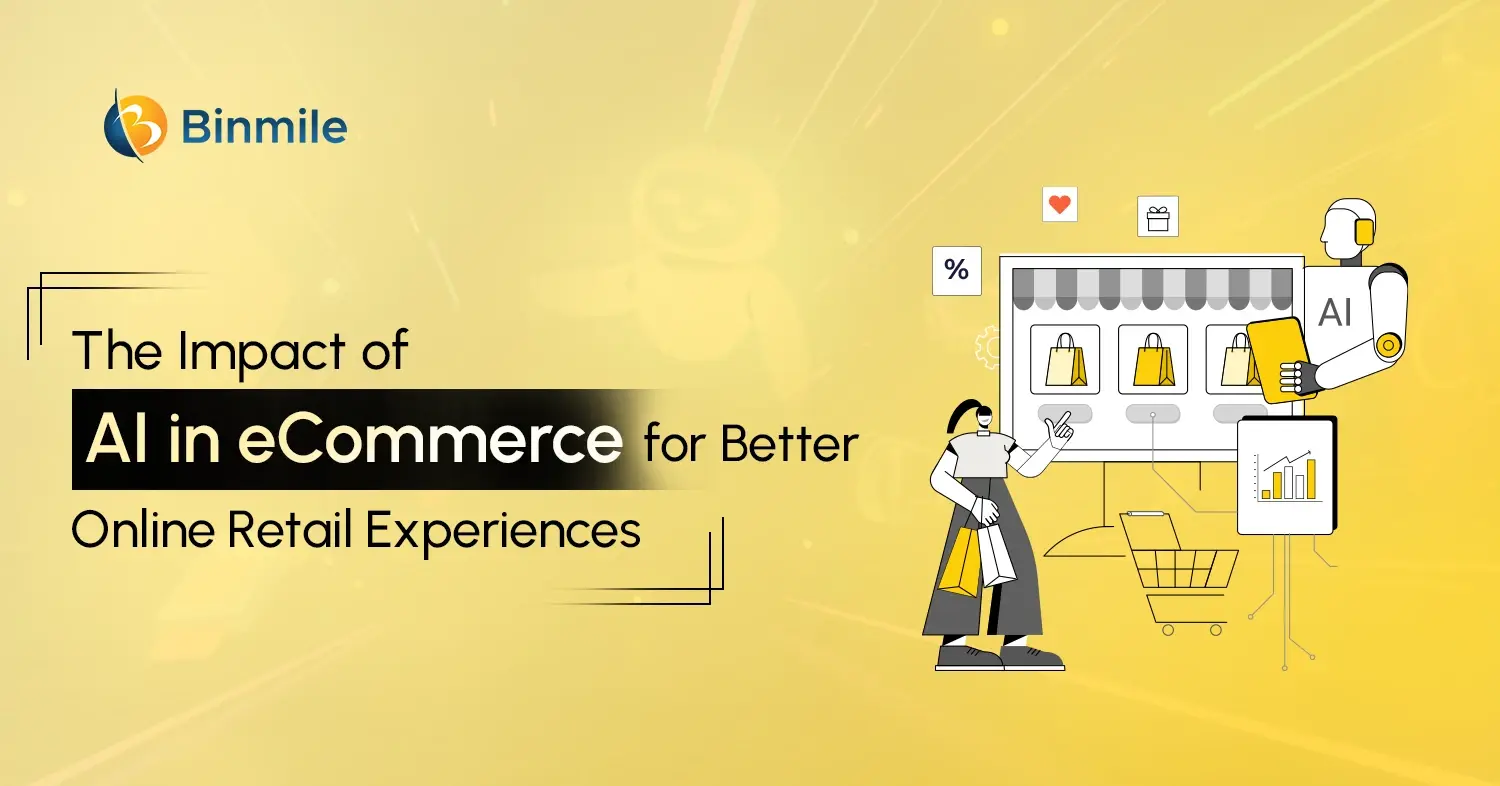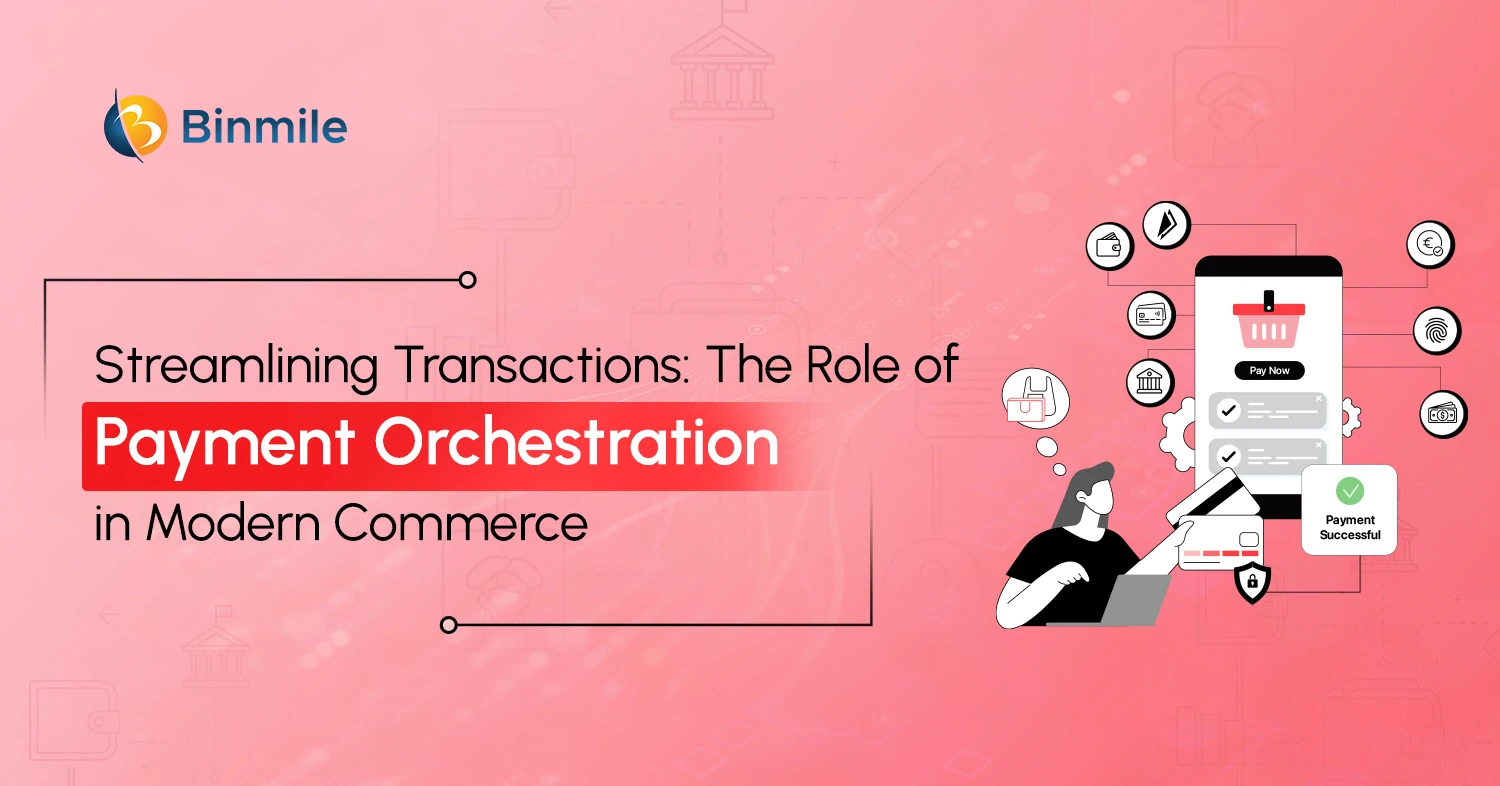The eCommerce landscape is evolving rapidly, with technology playing a critical role in enhancing the online shopping experience. Advanced software and application solutions have made transactions seamless, secure, and scalable, enabling businesses to thrive in the digital marketplace.
According to Statista, the eCommerce software market generated approximately $6.53 billion in revenue in 2021, with projections indicating a growth of over $1.3 billion from 2019 to 2024. This exponential rise underscores the increasing reliance on technology to drive business growth. Whether you are an entrepreneur launching an online store or an enterprise upgrading your platform, understanding the right technology stack is crucial for success.
This guide delves into the tech stacks of the world’s largest eCommerce players—Amazon, eBay, Walmart, Target, and Etsy—offering valuable insights into their technological choices. By understanding these industry leaders’ approaches, businesses can make informed decisions to gain a competitive edge.
Understanding eCommerce Tech Stacks
An eCommerce tech stack comprises the technologies required to develop, deploy, and maintain, as well as keeping your online business secure. It includes various software, tools, and platforms that contribute to a seamless shopping experience. Tech stacks are categorized into front-end and back-end technologies, storage solutions, databases, and business and DevOps tools.
Selecting the right eCommerce technology stack can differentiate a high-performing online store from a slow, inefficient platform that struggles with customer retention. The following sections provide a detailed breakdown of front-end and back-end technologies that power some of the largest eCommerce giants.
1. Front-End Technologies: Enhancing User Experience
The front-end, or client-side, comprises all elements users interact with on an eCommerce website, including product pages, navigation bars, and interactive features. Optimizing front-end performance is critical for conversion rates and customer satisfaction.
Key Front-End Technologies:
- HTML (HyperText Markup Language): Defines web page structure and content formatting.
- CSS (Cascading Style Sheets): Enhances the visual aesthetics and user experience.
- JavaScript (JS): Enables interactivity and dynamic content updates.
- Popular JS Frameworks & Libraries: React.js, Vue.js, Angular.js, jQuery for building dynamic UI components.
- CSS Preprocessors: SCSS, LESS, and SASS to improve styling efficiency.
Leveraging the right front-end technologies improves website responsiveness, speed, and user engagement, leading to higher customer retention and increased sales.
Why Speed and UI Matter for Customer Retention

A fast-loading website with an intuitive and visually appealing user interface significantly impacts customer satisfaction. Modern consumers expect seamless navigation, quick load times, and engaging visuals. Here’s why:
- Higher Engagement: A well-optimized UI/UX keeps visitors engaged, reducing bounce rates.
- Improved Conversion Rates: Faster page loads lead to better shopping experiences and increased conversions.
- Customer Loyalty: Users are more likely to return to a website that offers a smooth and hassle-free browsing experience.
Also Read: How to Build Single Page Application with Dynamic Content Updates
2. Back-End Technologies: The Engine Behind eCommerce Platforms
The back-end infrastructure manages data, transactions, and security, ensuring seamless order fulfillment and payment processing.
Key Back-End Technologies:
- Operating Systems: Linux, Windows, macOS.
- Web Servers: Apache, and Nginx for handling HTTP requests.
- Databases: MySQL, MongoDB, DynamoDB, Firebase, and PostgreSQL for managing customer data and transactions.
- Storage Solutions: AWS S3, Google Firebase Storage for media and product data storage.
- Programming Languages & Frameworks:
- Ruby (Ruby on Rails)
- Java (Spring Boot)
- Python (Django, Flask)
- Scala (Play Framework)
- PHP (Laravel)
A well-structured back-end ensures high performance, scalability, and security, which are vital for handling millions of eCommerce transactions.
How the Latest Technologies Benefit Businesses
Modern back-end solutions enable businesses to:
- Handle High Traffic Loads: Advanced databases and cloud infrastructure ensure seamless performance during peak shopping seasons.
- Enhance Security: Secure payment gateways and encrypted data storage to protect customer information.
- Automate Operations: AI-driven automation improves efficiency in inventory management, customer service, and order processing.
3. Tech Stacks of Leading eCommerce Giants
Understanding the technology stacks of industry leaders provides a strategic roadmap for optimizing eCommerce platforms.

Amazon Tech Stack
- Application & Data: React, Java, MySQL, Amazon RDS, DynamoDB, ElastiCache.
- DevOps: Amazon EC2, CloudWatch, Jest.
- Utilities: AWS Route 53, Amazon SNS, Amazon API Gateway.
- Business Tools: Amazon WorkSpaces.
eBay Tech Stack
- Application & Data: JavaScript, Node.js, Apache Tomcat, Cassandra, Hadoop, Java, Oracle.
- DevOps: Docker, Jenkins, Apache Mesos, TeamCity.
- Utilities: PayPal, Twilio, KISSmetrics.
Target Tech Stack
- Application & Data: JavaScript, Python, Go, Rust, Scala, TypeScript.
- DevOps: Docker, Nix.
Walmart Tech Stack
- Application & Data: JavaScript, Python, AngularJS, Java, React, Spring Boot, Node.js, MySQL, PostgreSQL.
- DevOps: GitHub, Ansible, Docker, Kubernetes.
- Business Tools: Slack, Jira, Microsoft Office 365.
Etsy Tech Stack
- Application & Data: Apache HTTP Server, Amazon S3, Amazon EC2, Amazon CloudFront.
- DevOps: Jenkins, RequireJS, StatsD.
- Utilities: Google Analytics, AfterShip.
Build a future-ready eCommerce platform! Choose the right tech stack for scalability, security, and success. Get expert guidance today!
Conclusion
The success of major eCommerce giants demonstrates the importance of selecting the right technology stack. From front-end frameworks enhancing user engagement to back-end architectures ensuring performance and security, each component plays a crucial role in optimizing an online store.
For businesses aiming to scale their eCommerce operations, investing in a robust technology stack is essential. Partnering with a professional eCommerce development company can help navigate the complexities of tech stack selection and implementation, ensuring a competitive edge in the digital marketplace. Our eCommerce development experts can help you choose the right tech stack for your business, ensuring seamless scalability, security, and performance. Get in touch today!









